Peace-ology
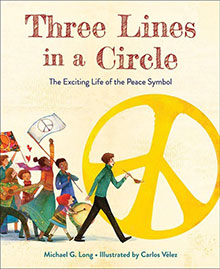
Lifelong Learners: Adults on the Rug
After four years of columns on picture books as tools to build peace, we are bringing this chapter of the story to a close. We have enjoyed our time reflecting in community, and we are deeply grateful for your readership and engagement.
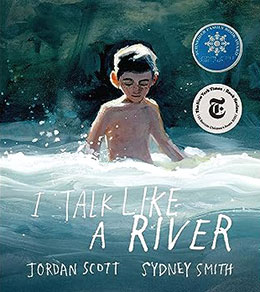
Finding Peace in Our Bodies
When we build peace with kids, it helps to be explicit about our bodies as tools for peace. We can model, teach, and practice embodiment tools with kids that support a peaceful and regulated nervous system, so they are capable of being brave and kind.
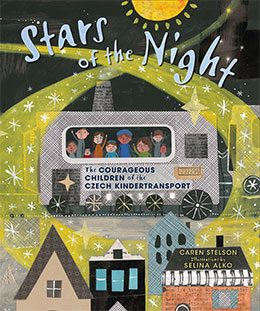
Talking with Caren Stelson and Ellie Roscher
A moving picture book about war and peace: “There will be times when you’ll feel lonely and homesick. Let the stars of the night and the sun of the day be the messenger of our thoughts and love.”
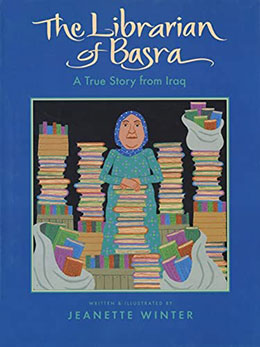
Banned Books as Speaking Truth to Power
There is a difference between keeping peace and making peace. It is not about avoiding discomfort and trying to keep everybody happy, but bravely joining in the work of justice.
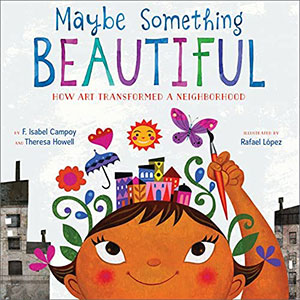
Creating Kind Communities
We explore community building through Higher Ground, with special emphasis on the power of kindness. Together, how can adults and children create genuine community in our schools and beyond?
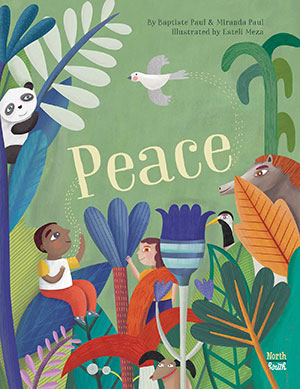
Finding Peace through Reflection, Art, Story, and Higher Ground for Ourselves and Our Children
In this article, we explore finding peace within. How can we shift our hearts and minds towards peace? How can we help the children in our classrooms do the same? What books, both for children and adults, can support our efforts?
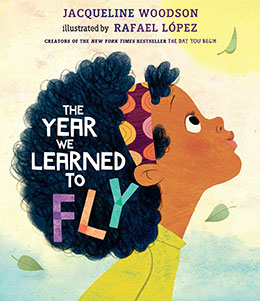
Finding Higher Ground through Peacebuilding
We explore the meaning of peacebuilding and what the infrastructure for peace can look like in one classroom and throughout a school. We also suggest a picture book and a book for the “adult on the rug,” both of which explore the deep concept of peacebuilding,
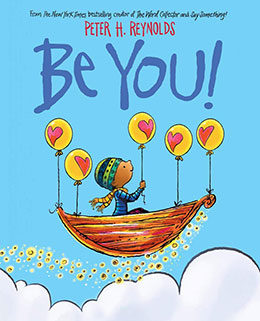
Finding Higher Ground
In this article and the next three articles to come, we will explore paths to peace and peacebuilding in classrooms and schools through the lens of Higher Ground and the power of story and art.
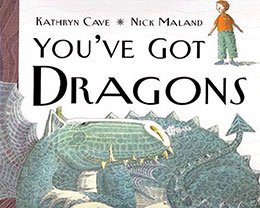
Big Worries in Little Bodies
It can be easy to dismiss the worries of a child, but to that child, they may feel consuming. When we do not name and talk about our anxieties, or when we do share them and they are discounted, shame around them can grow.
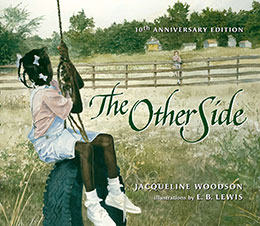
Compassionate Listening Deconstructs Fences
Caren: When my daughter Beth was fourteen, she traveled with a small exchange group of teens to Poland where she would live with a couple and their teen daughter in a small village. In a true exchange, the Polish teens then traveled to Minnesota for a similar experience. Neither group spoke the other’s language. Recently, while cleaning out boxes, I found
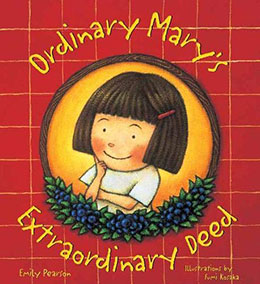
Tiny Steps Toward Peace
When I say the word Peacemaker, who is the first person that comes to mind? It is so important to teach children about famous peacemakers but if we only teach about folks who have become larger than life, children may put peacemaking on a pedestal that seems unattainable for themselves.
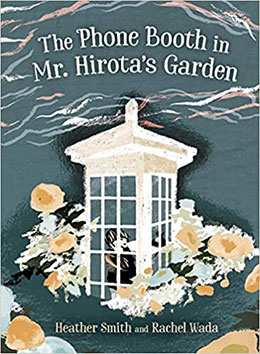
Finding Peace While Grieving
Some days are tough. During this COVID-19 pandemic, our children face plenty of challenges. Loss of playground time. Loss of playdates. Changes in school routines. Changes in home routines. These days, children may need more time alone on a “peace blanket” to grieve their former lives. The rest of us may need the same.
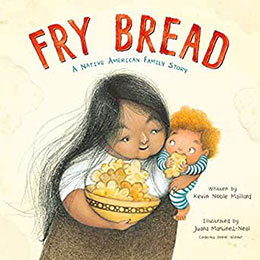
The Alchemy of Fry Bread
Bread brings people together. The ingredients in bread are so elemental. When combined with love, they nourish and sustain a people. At the center of a gathering, at the center of a culture is a foundational grain that sustains life — naan, tortilla, rice, ugali, injera, and fry bread to name a few. Food, then, is a bridge between worlds.
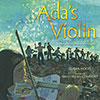
Eco-Peace: Reimagining the Possibility
Part of our work as peacemakers is to properly situate ourselves in a web of life. We are creatures in a vast, brilliant and complex ecosystem called not to dominate, but to live with in harmonious relationship. Children often seem naturally drawn to animals and nature, with an inherent ability to walk gently on the green earth.
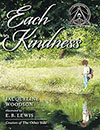
The Kindness Factor
As we write this article, we are in the middle of a world-wide pandemic and a consequential election season. Both events ask us to address big, core questions: What kind of people do we want to be? How do we resolve our conflicts?
